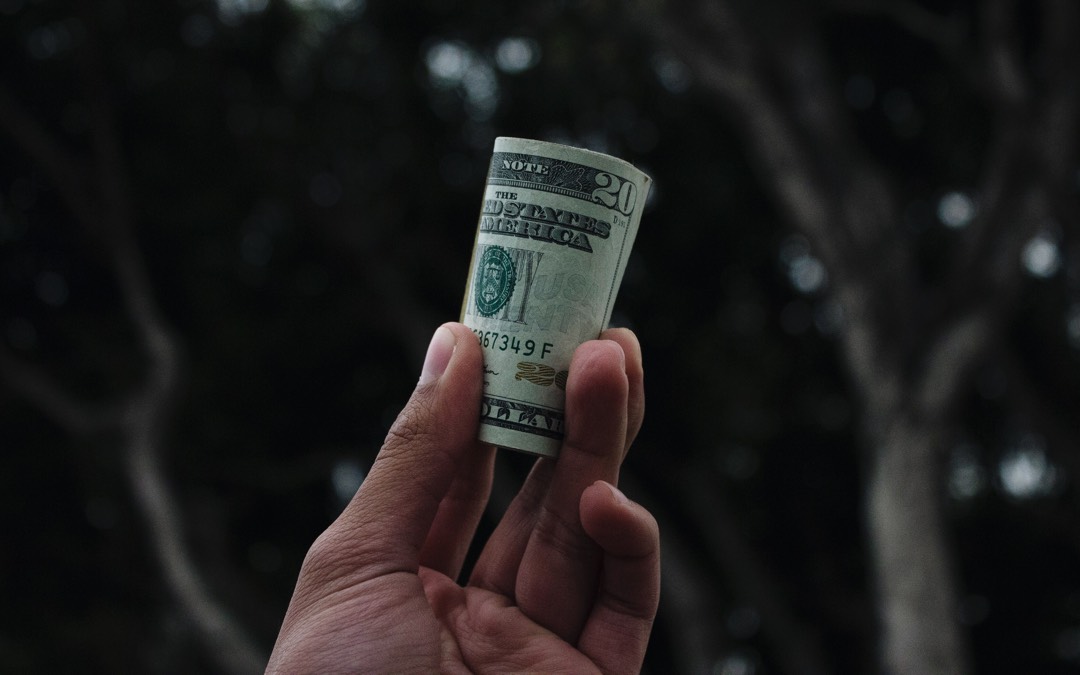Patent Infringement
By Richard Stockton, Kevin Keenan, and Brad Van Pelt
In 2011, Apple sued Samsung for, among other things, patent infringement of three U.S. patents — two claiming designs for parts of a smartphone, and one for a graphical user interface of a smartphone display screen. A jury found that certain Samsung smartphones infringed these patents and awarded Apple $399 million in damages.
To obtain the $399 million award, Apple relied on section 289 of the Patent Act, which states, “Whoever … applies the patented design, or any colorable imitation thereof, to any article of manufacture for the purpose of sale … shall be liable to the owner to the extent of his total profit [emphasis added].” The district court concluded that, for purposes of calculating “total profit,” the relevant articles of manufacture to which the patented design were applied were the entire Samsung smartphones, and not just the infringing portions or components of the phones.
Samsung appealed, but the U.S. Court of Appeals for the Federal Circuit affirmed the award, holding that section 289’s text “explicitly authorizes the award of total profit from the article of manufacture bearing the patented design” and that Congress, in enacting 289, rejected any apportionment requirements.
So Samsung sought review by the U.S. Supreme Court, asking the question, “Where a design patent is applied to only a component of a product, should an award of infringer’s profits be limited to those profits attributable to the component?”
Put another way, in Samsung v. Apple the High Court was asked to decide whether to calculate the damage award based upon Samsung’s total profits for its smartphone as a whole or simply based upon the profits attributable to the individual components (such as the screen or phone body shape) that were infringed.
In its brief, Samsung noted that the “article of manufacture” under the total profit rule was not necessarily equal to the entire product sold. And it compared its case to an old analogy used by the U.S. Court of Appeals for the Second Circuit that an owner of a book binding patent should not be entitled to the profits from the entire book.
On December 6, 2016, in a unanimous opinion authored by Justice Sotomayor, the Supreme Court reversed the Federal Circuit. Siding with the infringer, Samsung, the Court held that the statute allows for damages to be applied at the component level since components are also “articles of manufacture.”
As the Court noted: “[T]he term ‘article of manufacture’ is broad enough to embrace both a product sold to a consumer and a component of that product, whether sold separately or not. Thus, reading “article of manufacture” in §289 to cover only an end product sold to a consumer gives too narrow a meaning to the phrase.”
Although the ruling may have provided some relief for Samsung and others found to have infringed design patents, it provided limited clarity as to the rule of law itself, and left it up to courts to figure out which meaning of the term “article of manufacture” — the whole product, or merely the infringing component — applies in any particular case.
After remand by the Federal Circuit, the Samsung case found itself back before the United States Federal District Court for the Northern District of California, where both Apple and Samsung agreed to settle their remaining claims and counterclaims.
Further Reading on Patent Infringement
For more on this hot topic, check out the Jones Day White Paper What’s in Your “Article of Manufacture”?, which explains the four-factor test for determining the “article of manufacture,” and examines recent cases where the test has been applied.
About the authors: Richard Stockton, Kevin Keenan, and Brad Van Pelt are all attorneys at Banner & Witcoff, Ltd.
